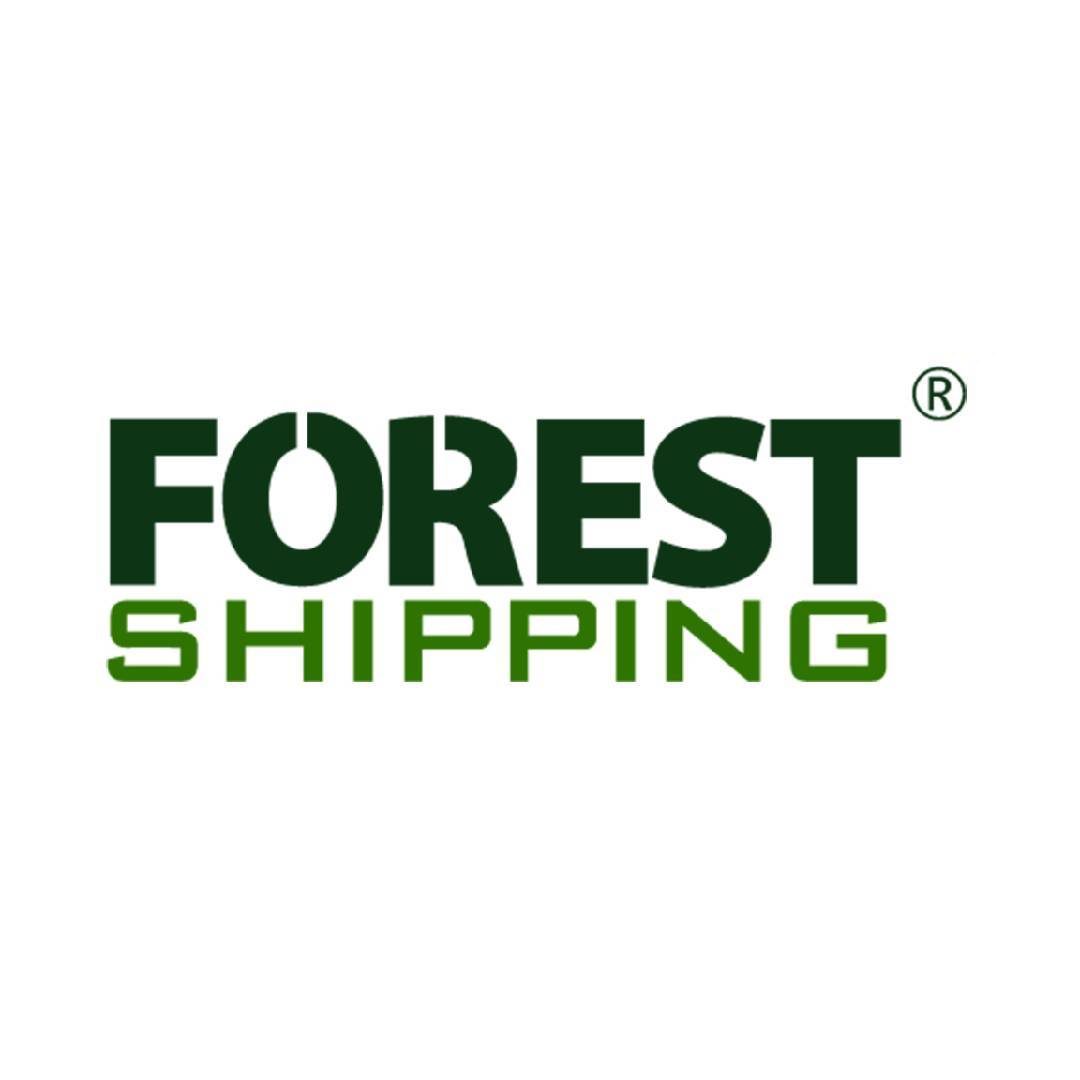FBA海运, or Full Bridge Agreement container shipping, is a logistics strategy in crossborder ecommerce where a manufacturer directly ships products to an ecommerce seller using containers. Here’s a structured overview:
1. FBA Overview: FBA (Full Bridge Agreement) allows manufacturers to ship directly to sellers, reducing costs by eliminating individual customer packaging and shipping.
2. FBA海运 Details:
Shipping Method: Utilizes containerized shipping for efficiency and costeffectiveness, especially over long distances.
Process:
Manufacturer loads goods into a container and ships to a shipping company.
Shipping company delivers the container to the seller’s warehouse.
Seller manages distribution to customers.
Logistics Considerations:
Proper container packing and labeling.
Shipping company handling customs, documentation, and delivery.
Timeline coordination for timely arrival at the seller’s location.
Costs: Includes container hire, customs fees, and handling costs, split between parties.
3. Comparison with Other Shipping Types:
FBA Air: Faster delivery but higher cost.
FBA Sea: Slower but potentially lower cost than air.
FBA海运 offers a balance between cost and speed.
4. Documentation and Challenges:
Requires shipping manifests, customs declarations, and insurance.
Challenges include container availability, space, and fragile/heavy goods handling.
5. Benefits:
Lower perunit costs due to economies of scale.
Streamlined logistics and potential reduction in delivery time.
Efficient consolidation of shipping and distribution.
6. Use Cases:
Suitable for manufacturers with steady demand and reliable shipping needs, especially in industries with standardized products.
In summary, FBA海运 efficiently combines FBA with container shipping, offering cost savings and streamlined logistics but requiring careful planning and coordination.
